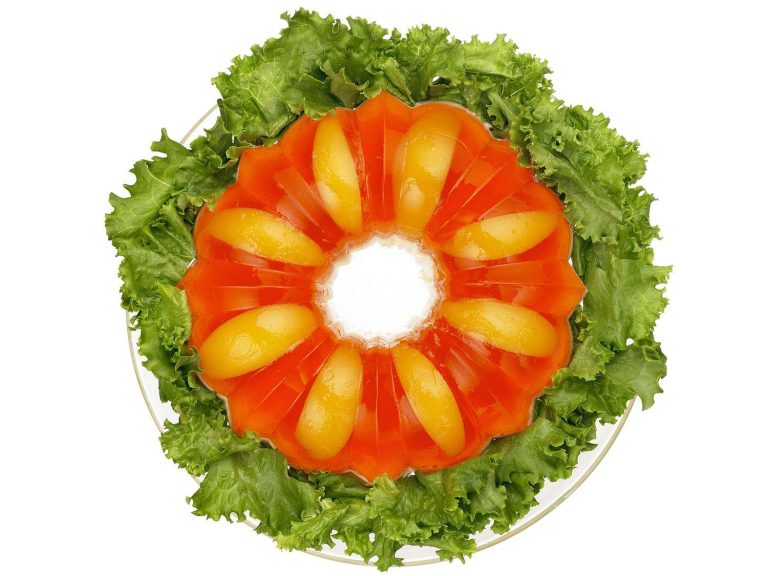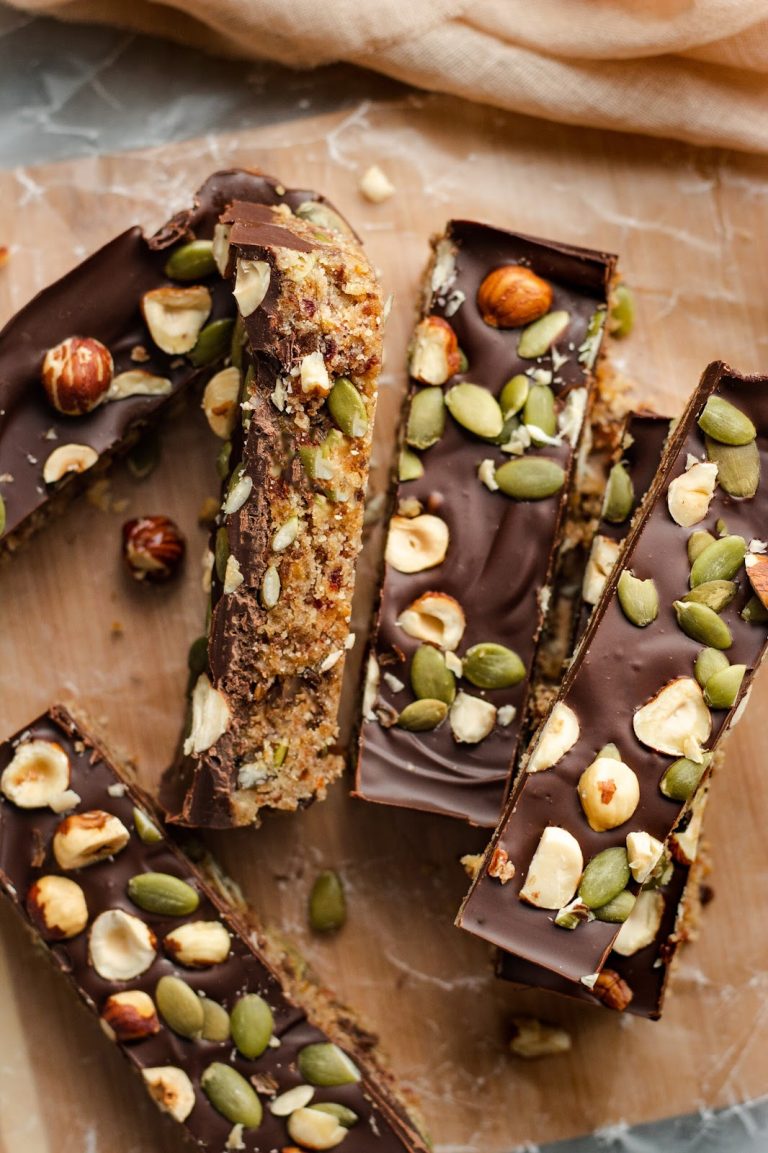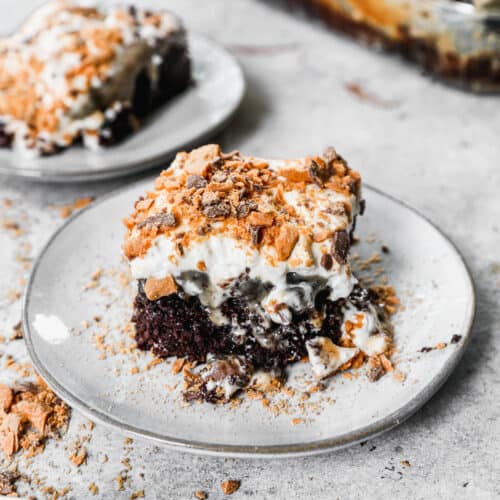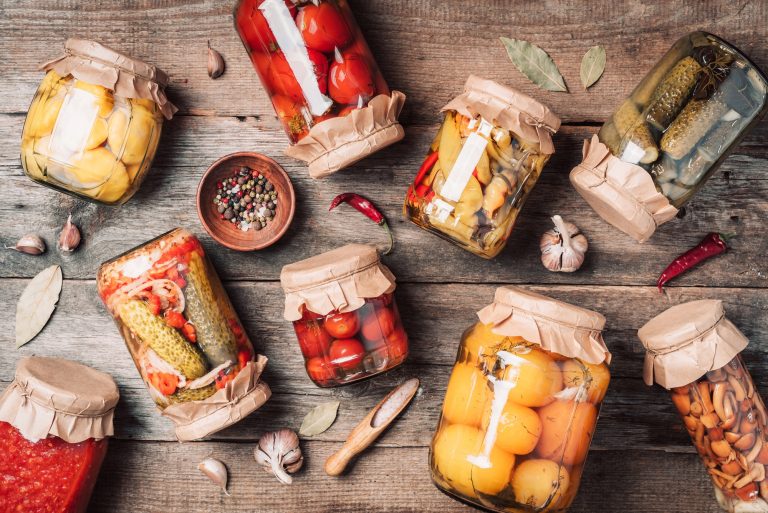Chewy Coconut Bibingka: A Festive Filipino Rice Cake for the Holidays
Chewy coconut bibingka is a traditional Filipino rice cake with deep cultural roots, especially associated with the Christmas season. Historically, it’s sold by street vendors and enjoyed after attending the pre-dawn Masses known as Simbang Gabi. This dessert offers a blend of local ingredients, which makes it a festive staple in Filipino households.
Key Ingredients
The core ingredients for chewy coconut bibingka include glutinous rice flour, coconut milk, and sugar. Glutinous rice flour provides a chewy texture that’s distinct from regular rice flour. Coconut milk gives the rice cake its rich, tropical flavor. Sugar adds the right amount of sweetness, balancing the savory elements. Often, toppings like grated coconut, salted eggs, and butter enhance the overall taste and elevate this traditional delicacy.
How to Make Chewy Coconut Bibingka
Preparing the Batter
Use high-quality ingredients to achieve the best results for your chewy coconut bibingka. Mix 2 cups of glutinous rice flour with 1/2 cup of sugar in a large bowl. Add 1 cup of coconut milk and 1 cup of water to the dry ingredients, blending until the mixture is smooth and free of lumps.
Ensure your batter achieves a thick consistency by gradually adding water. If necessary, add small amounts of water until you achieve the right texture. Incorporate 1/2 cup of melted butter and 2 beaten eggs into the mixture, stirring continuously. Add 1 tablespoon of baking powder to ensure your bibingka rises properly.
Baking Techniques
Preheat your oven to 375°F to create the optimal baking environment. Line a round baking pan with banana leaves, greasing them lightly with butter to prevent sticking. Pour the batter into the prepared pan, spreading it evenly. To add authenticity and elevate the flavor, top the batter with slices of salted egg, grated coconut, or shredded cheese.
Bake for 25 to 30 minutes, checking for doneness by inserting a toothpick into the center. If it comes out clean, your bibingka is ready. For a golden-brown finish, switch to broil mode for the last 2 to 3 minutes of baking. Monitor closely to avoid burning.
Once baked, let your bibingka cool for a few minutes before serving. This allows the flavors to meld, enhancing the chewy texture and rich coconut flavor. Enjoy your freshly baked coconut bibingka as a delightful treat for any occasion.
Variations of Bibingka in Filipino Cuisine
Savory Vs. Sweet Bibingka
Bibingka can be both savory and sweet, offering diverse flavor profiles. Sweet bibingka often features ingredients like grated coconut, sugar, and condensed milk. Popular toppings for sweet variants include sliced salted eggs, cheese, and butter. In contrast, savory bibingka incorporates elements such as preserved meats, smoked fish, and other savory fillings. These modifications cater to different taste preferences, allowing you to enjoy bibingka as either a dessert or a main dish.
Regional Varieties
Different regions in the Philippines have their unique versions of bibingka, each adding local ingredients and flavors. In Metro Manila, traditional bibingka is often served with a topping of grated coconut and cheese. In southern provinces like Cebu and Davao, you’ll find bibingka with a richer coconut flavor, often using freshly squeezed coconut milk. Some regions add a twist with local ingredients like ube (purple yam) or cassava. Exploring these regional varieties can provide a deeper appreciation of bibingka’s versatility and cultural significance.
Serving and Pairing Ideas
Traditional Accompaniments
Consider pairing coconut bibingka with classic Filipino beverages. Try salabat, a hot ginger tea, or tsokolate eh, thick hot chocolate. Both drinks enhance bibingka’s tropical sweetness and provide a comforting experience. Coconut bibingka also pairs well with savory Filipino dishes, such as longganisa (Filipino sausage) and tocino (sweet cured pork). These pairings balance the rice cake’s sweetness with savory flavors, creating an enjoyable contrast.
Modern Twists
Experiment with modern accompaniments for a contemporary twist on coconut bibingka. Pair it with a scoop of vanilla ice cream for a delightful contrast between warm cake and cold dessert. Another option is serving bibingka with fresh fruit slices, like mango or pineapple, to enhance its coconut flavor. For a more adventurous pairing, try craft coffee or specialty teas. These beverages add a unique touch, catering to diverse tastes and preferences.
Where to Find Chewy Coconut Bibingka
Restaurants and Bakeries
Head to Philippine restaurants and bakeries for authentic chewy coconut bibingka. Renowned spots like Goldilocks, Red Ribbon, and local bakeries often offer fresh bibingka, especially during the holiday season. In the US, Filipino communities in areas like California, New York, and New Jersey have establishments specializing in traditional Filipino pastries.
Festivals and Celebratory Occasions
Look for chewy coconut bibingka at Philippine festivals and celebratory occasions. Pahiyas Festival, San Fernando Giant Lantern Festival, and various Christmas markets feature bibingka stalls. During Christmas, local parishes and community centers often set up bibingka stands to cater to festive revelers.
Conclusion
Exploring the world of chewy coconut bibingka offers a delightful journey through Filipino culture and tradition. Whether you’re savoring it at a festive event or picking it up from a well-known bakery, this rice cake is sure to leave a lasting impression. Embrace the rich flavors and unique textures that make bibingka a cherished holiday treat. So next time you’re craving something special, remember the warmth and joy that a piece of bibingka can bring to your table.






